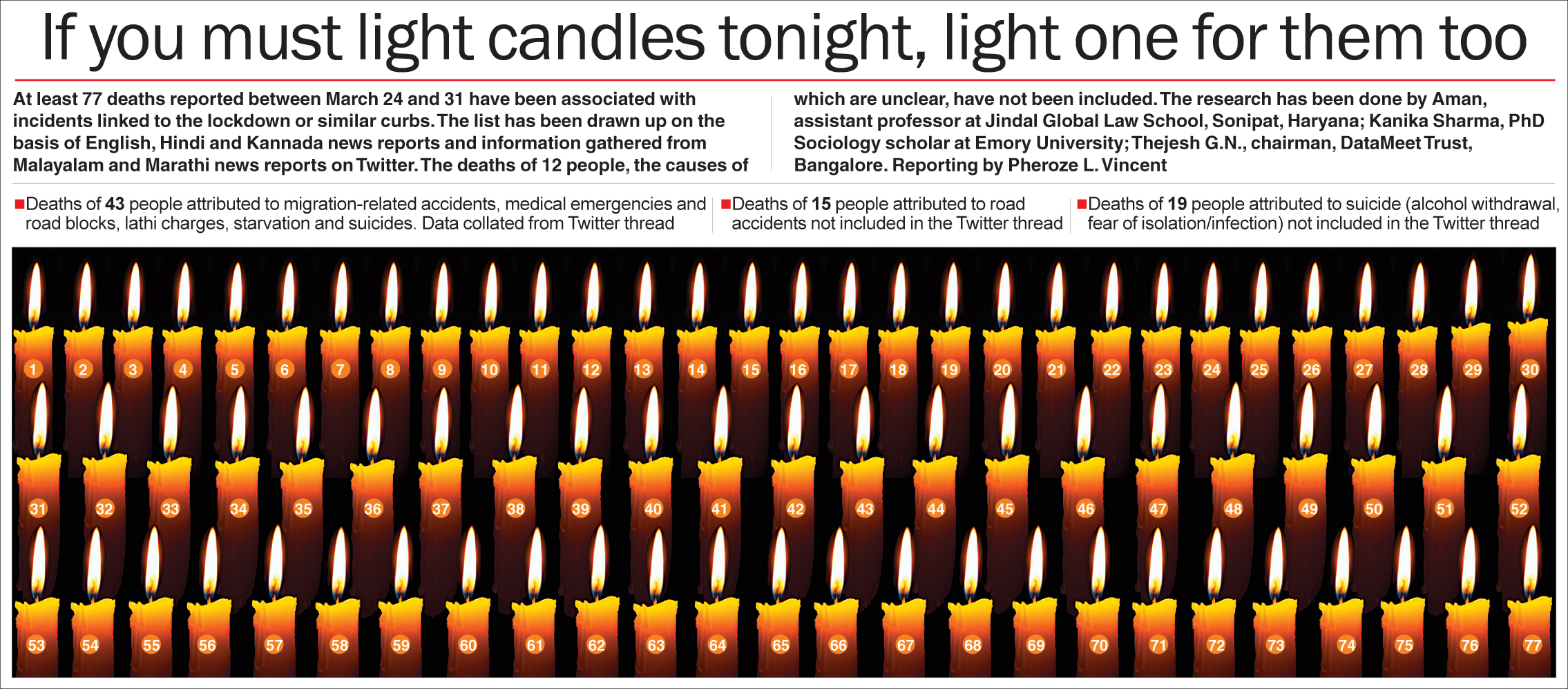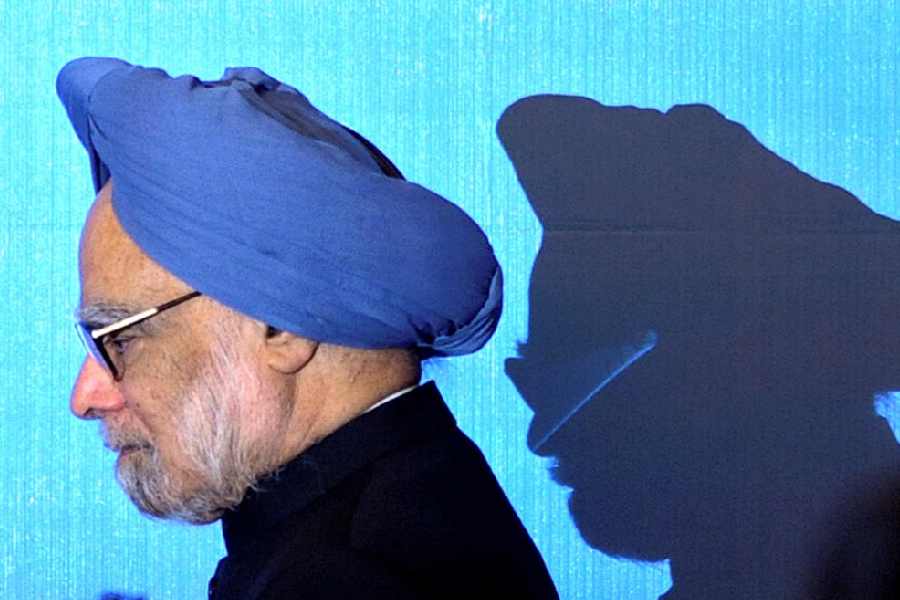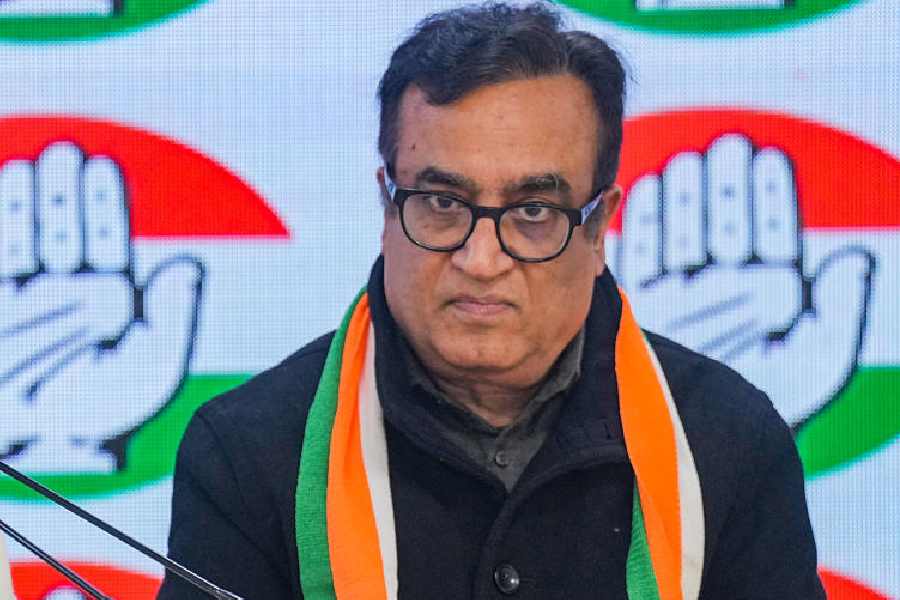Ramp down thermal output from 8.55pm.
- Ramp down hydro and gas outputs from 8.57pm.
- Ramp up at 9.05pm.
India is locked and loaded — not to offer succour to those crushed by the lockdown but to try and ensure that the Prime Minister’s nationwide lumiére show does not end up triggering power outages.
Power grid engineers nationwide have braced themselves for a series of highly synchronised operations on Sunday night to ensure smooth electricity supply if households across India switch lights off at 9pm and on at 9.09pm.
Prime Minister Modi’s call to households to turn off their lights and set candles and lamps alight and torches aglow for nine minutes from 9pm on Sunday could pose an “unprecedented” challenge for the national grid, electrical power engineers said.
Whether anything untoward takes place or not on Sunday night, the scale of preparations for the 9-minute show reflected a zeal for the spectacle in the middle of a pandemic crisis. The clockwork precision also stood out in sharp contrast to the whiff of ad-hocism that has marked the Centre’s response to the coronavirus outbreak.
Some in India’s science and engineering community have questioned the timing of the event.
“At a time the country is grappling with the coronavirus pandemic, shouldn’t all our energies be focused on that?” asked a senior computer scientist who works at an academic institution.

On Saturday, the central government scrambled to soothe concerns by putting out a note.
“The Indian electricity grid is robust and stable and adequate arrangements and protocols are in place to handle the variation in demand,” the power ministry said.
“The appeal of the Prime Minister is to simply switch off the lights in their homes from 9pm to 9:09pm on April 5. There is no call to switch off either street lights or appliances like computers, TVs, fans, refrigerators and ACs in homes. Only lights should be switched off.
“The lights in hospitals and all other essential services like public utilities, municipal services, offices, police stations, manufacturing facilities, etc, will remain on. The call given by PM is to just switch off lights in residences.
“Some apprehensions have been expressed that this (the blackout) may cause instability in the grid and fluctuation in voltage which may harm the electrical appliances. These apprehensions are misplaced.
“All local bodies have been advised to keep the street lights on for public safety.”
But the note has not quelled the apprehensions completely, and has prompted fears of a sudden jolt in voltage and frequency oscillations that could jeopardise equipment. Some households are planning to switch off home appliances from 8.45pm.
Alternating current (AC) switches between positive and negative voltage and oscillates at an ideal level of 50 times a second, calculated in Hertz (Hz). Equipment at homes and factories are designed to operate at 50Hz within a tight tolerance band and it is important to ensure stable power supply within those limits.
Power experts say the switch-off-switch-on may impact the electricity grid because of a sudden drop in peak power demand, which was already down by 25 per cent at 125.81GW (gigawatts) on April 2, compared with a year ago, owing to the prevailing lockdown.
The government-run Power System Operation Corporation (Posoco), which coordinates the national load demand, on Saturday issued a 13-page advisory for load despatch centres across the country outlining a sequence of operations between 6pm and 10pm to manage the nine-minute event.
The Posoco advisory outlines a series of highly synchronised operations — ramping down thermal output from 8.55pm and hydro and gas outputs from 8.57pm and ramping up starting at 9.05pm — to ensure smooth electricity supply despite the abrupt load changes.
Posoco has asked all generating stations to synchronise their clocks to the Indian standard time (IST) and all RLDCs/SLDCs and NLDC to extend the evening shift timings till 10pm, and to overlap them with the incoming night shift.
The country has 33 SLDCs (state load despatch centres), five RLDCs (regional load despatch centres) — for the five regional grids that form the national grid — and one NLDC (national load despatch centre).
The RLDCs (regional load despatch centres) are responsible for maintaining grid discipline, supervising optimum scheduling and delivery of electricity in their regions, and function under Posoco. The SLDCs (state load despatch centres) usually act as part of state governments.
The Posoco advisory has also called for hydropower generation to be reduced and conserved during evening peak hours (6.10pm to 8pm).
Electrical power engineers familiar with grid operations said Posoco’s plan appeared well-crafted and designed to avert disruptions in power supply but cautioned that engineers at the load despatch centres would confront a never-before event.
The Posoco advisory has, relying on two calculations, estimated that the total household lighting load close to 9pm would be around 12GW. Unlike normal operations, the load reduction from lights turned off is expected to happen over 2 to 4 minutes and recover within 2 to 4 minutes.
The advisory has described this as a “sharp reduction” that will be “unprecedented”.
“Such a quick reduction in load disturbs the state of equilibrium between the generated power and the consumed load,” said Shreevardhan A. Soman, professor of electrical engineering at the Indian Institute of Technology, Bombay.
During routine power operations, Soman said, a combination of automatic control devices and human intervention helps manage variations in the load consumed. But a rapid and unprecedented drop in the consumed load will require careful preparation to manage the output, he said.
“What the despatch centres would need to do is carefully synchronise and ramp down the power output before 9pm and ramp up the power output minutes before 9.09pm,” he said.











